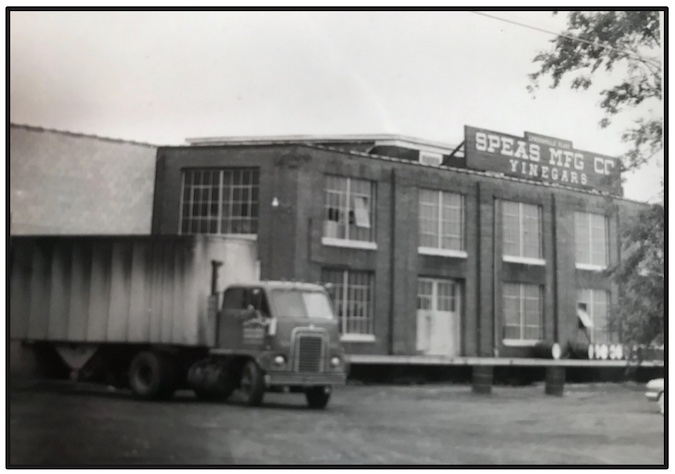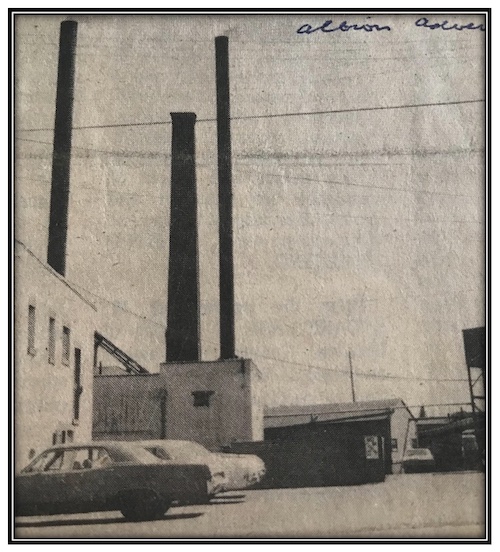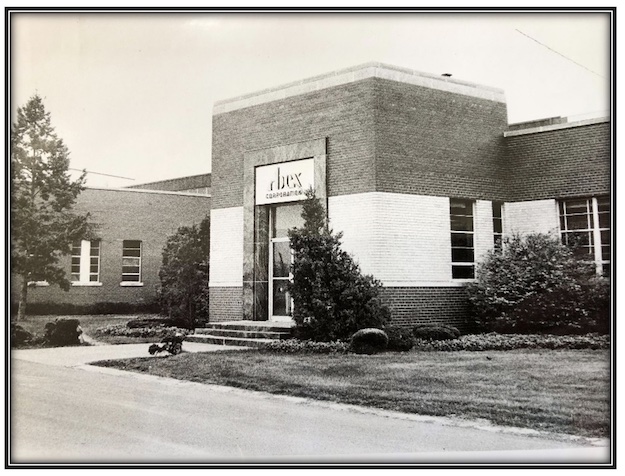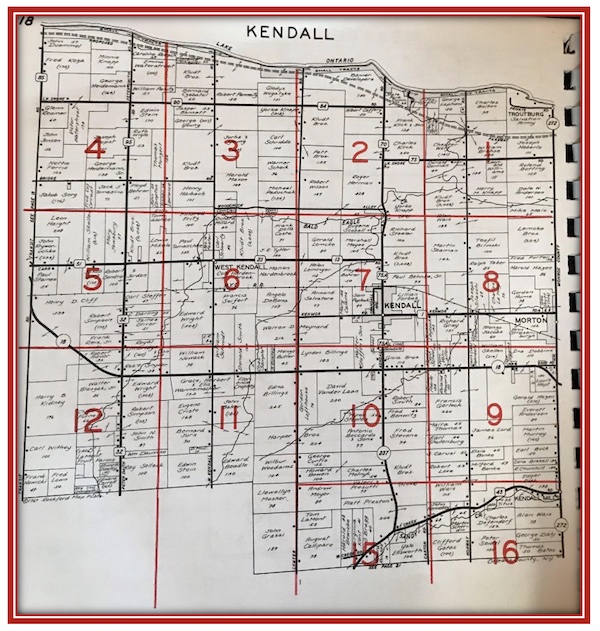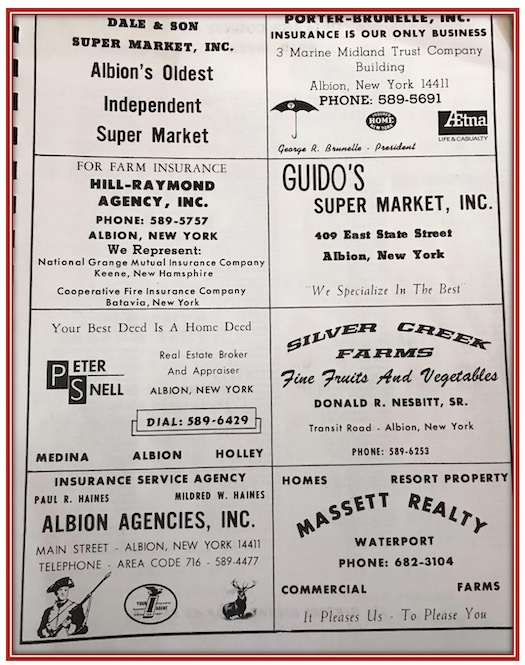Mail carrier served Albion community for more than 40 years until his death in 1917
‘In all kinds of weather, he cheerfully performs his duty. Possessed of an even temperament and tranquil disposition, he permits nothing to ruffle his spirits and philosophically meets all conditions.’
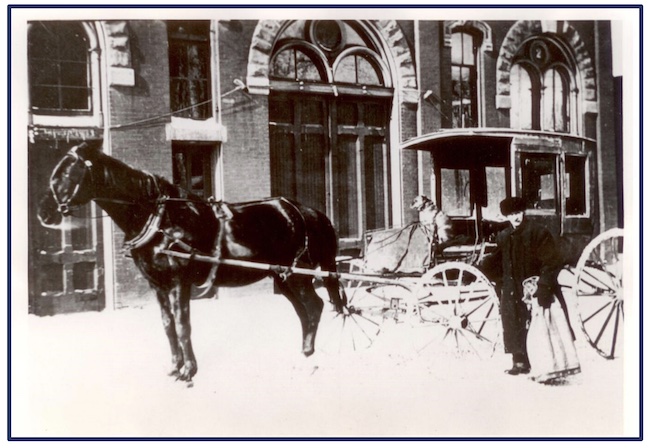
Albert Redfield, with his horse and trusty dog, in front of the Dye Hose No. 5 Fire Company building on East Bank and Platt St., Albion.
By Catherine Cooper, Orleans County Historian
“Illuminating Orleans” – Vol. 4, No. 1
ALBION – Everybody knew Albert Redfield. He was a fixture in Albion. A mail messenger, he transferred mail to and from the post office to the New York Central station.
At the time of his death in 1917, he is believed to have been the oldest carrier of a mail messenger route in the United States, having held the position since 1875.
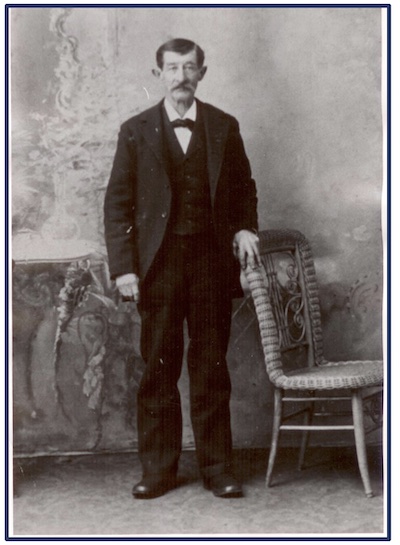
Albert W. Redfield held the contract to transfer mail from the train station in Albion to the post office from 1875 to 1917.
According to an Orleans Republican article on January 2, 1913, Albert made eight round trips a day between the post office and the train station, from 6 a.m. until 8:30 p.m., and one trip on Sunday. He handled the incoming and outgoing mail for the village of Albion and surrounding area. At that time, the Railway Mail Service carried and sorted mail and packages.
“In all kinds of weather, he cheerfully performs his duty. Possessed of an even temperament and tranquil disposition, he permits nothing to ruffle his spirits and philosophically meets all conditions.”
The Redfield family had held the mail carrier contract for the route since 1862, when it was awarded to Albert’s brother, Ebenezer G., who held it for eleven years. Their father, William Byron Redfield, was a carrier for two years. Albert left his job as a painter and took up the reins on January 1, 1875.
It was not a lucrative position by any means. The 1913 article noted that regular mail carriers at that time earned around $1,000 but Albert’s contract paid only $365 a year, and he was responsible for the expense of his horse. Not surprisingly, he had not taken a day for vacation in his 42 years of service and had lost little time due to illness.
His occupation is listed as “hackman” in the 1880 and 1892 census records. A “hackney” was an English term for a horse-drawn vehicle kept for hire, hence the term hackman. The 1900 and 1915 census records use the term “mail carrier” as his occupation instead.
Albion did not have a dedicated post office building for many years and used rented facilities instead. From the 1890s, the post office operated from the imposing sandstone building on East Bank Street (105-107), built by George Kinmont. He operated his marble and granite business in the other half of the building.
A man of diminutive stature, Albert weighed about 90 lbs. and was “a trifle over four feet six inches in height.” He had been refused muster when he enlisted for the Union Army in Canandaigua.
He married Nancy Amelia Putnam in 1862. She predeceased him on June 10, 1884. They had one daughter, Eve, born 1878.
Albert died at his home at 25 Clinton St. on Christmas Eve, 1917. He was buried at Mount Albion Cemetery on December 27, 1917.




















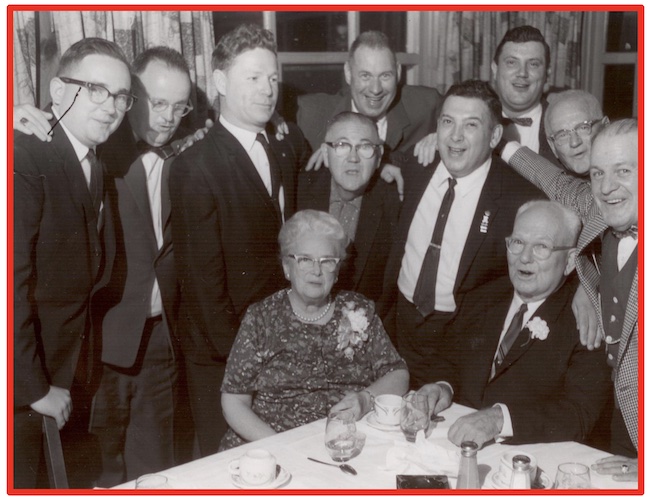
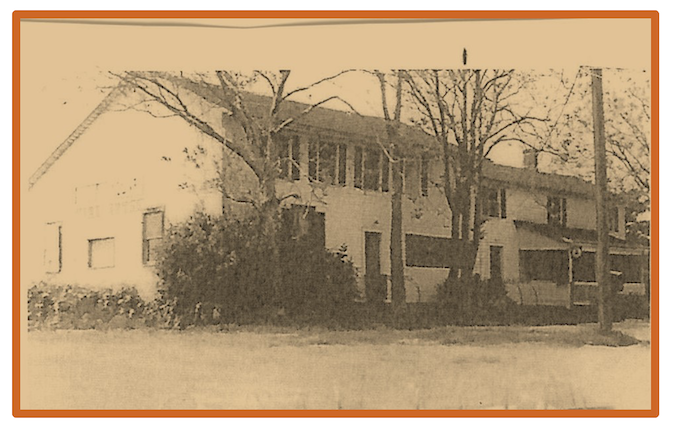
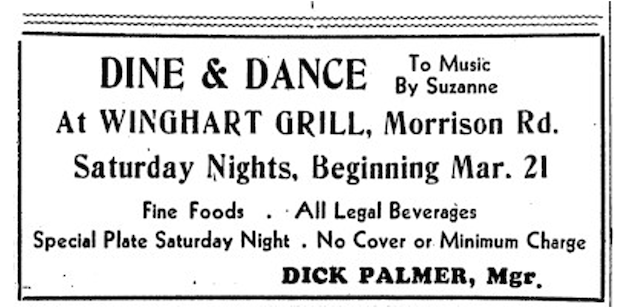



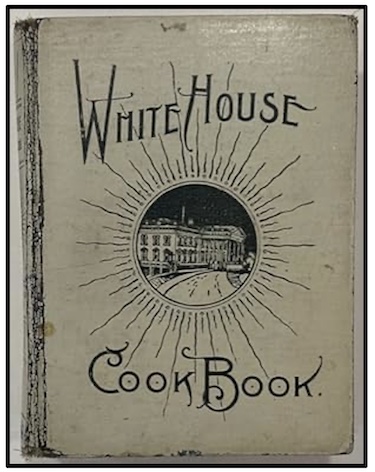 Here are instructions from The White House Cookbook (1900 edition) on how to cook a roast turkey: Select a young turkey; remove all the feathers carefully, singe it over a burning newspaper on the top of the stove, then “draw” [clear the innards] it nicely, being very careful not to break any of the internal organs; remove the crop [pouch at the base of the neck which may contain food] carefully; cut off the head, and tie the neck close to the body by drawing the skin over it.
Here are instructions from The White House Cookbook (1900 edition) on how to cook a roast turkey: Select a young turkey; remove all the feathers carefully, singe it over a burning newspaper on the top of the stove, then “draw” [clear the innards] it nicely, being very careful not to break any of the internal organs; remove the crop [pouch at the base of the neck which may contain food] carefully; cut off the head, and tie the neck close to the body by drawing the skin over it.
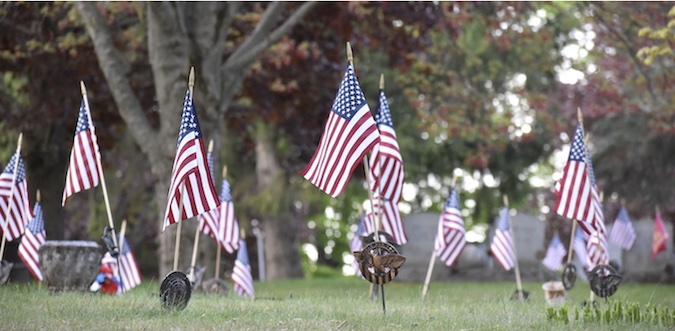
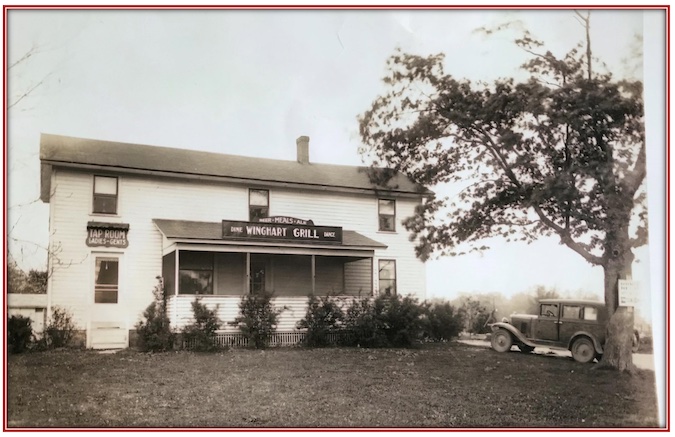
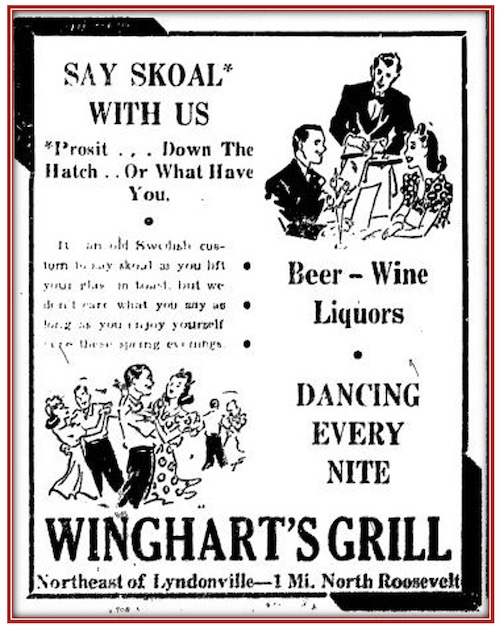



 YATES – In the 1970s, a second rural Orleans County site was considered as the location of a nuclear facility.
YATES – In the 1970s, a second rural Orleans County site was considered as the location of a nuclear facility.
 KENDALL – In the mid-1960s, a site in the Town of Kendall was considered as the possible location of an atomic research laboratory.
KENDALL – In the mid-1960s, a site in the Town of Kendall was considered as the possible location of an atomic research laboratory.
